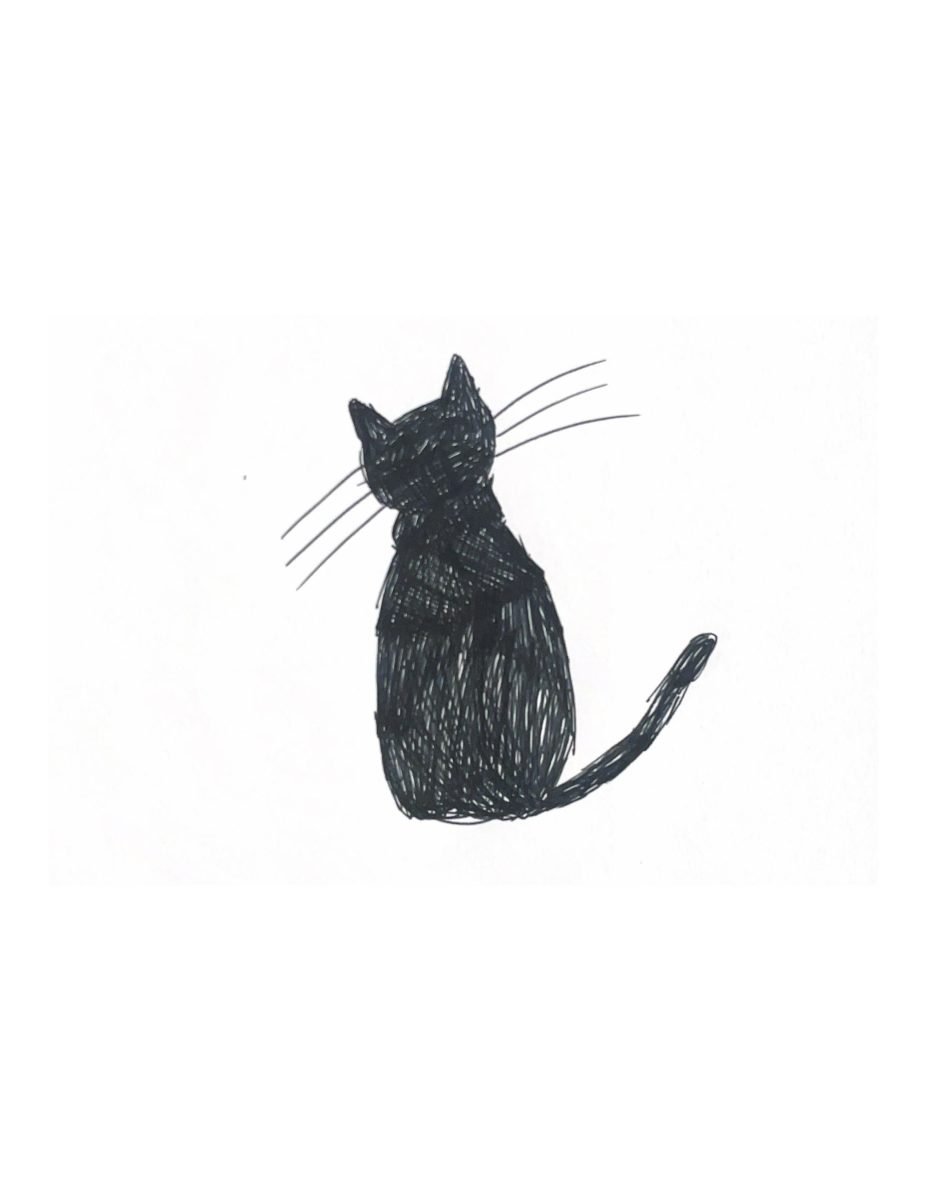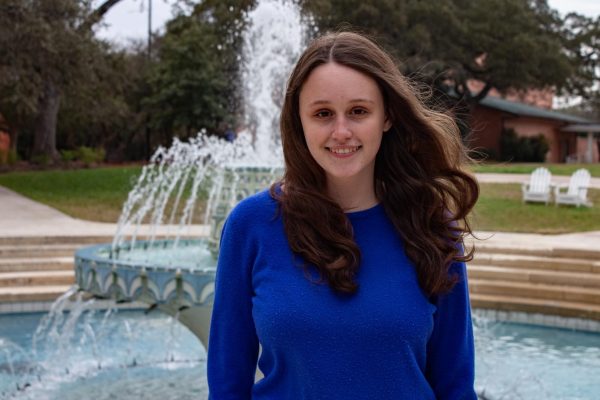Samhain [saa-wn] is a Celtic celebration of the transition from summer to fall. The week-long celebration is a chance for community time and honoring ancestors. Trinity University’s Alternative Faith and Spirituality Club (AFS) plans to share this holiday with the student body through two Hallo-week events.
On Wednesday, Oct. 30, the club distributed baked cookies and performed tarot readings in honor of Samhain. On Saturday, Nov. 2, the last night of Samhain, AFS will be watching a movie.
Alicia Brechin, senior religion major and vice president of AFS, discussed the club’s events. For her personal spiritual practice, Brechin mentioned her plans to sit beside a fire pit with her friend. She noted how similar to her practice, all pagan rituals are deeply personal.
“Paganism and most alternative faiths are whatever you want it to be because we don’t know all the roots of a lot of traditions and holidays,” Brechin said. “So, Samhain is another holiday where we can gather together and if you have personal rituals you want to do … then you can. Or, you can just hang out and have some fun.”
Baz Hurt, junior English and communication double-major and AFS president, discussed the origins of the holiday and how they might celebrate it in future years.
“A lot of people celebrate Samhain by just celebrating Halloween because they are just on the same day. And so, that is just kind of a way that some people merge that religious or spiritual tradition with the culture of the US specifically, because Halloween is really big here,” Hurt said. “I think if I were to say I was specifically celebrating Samhain, it would just look like a Halloween celebration.”
Samhain is one of the eight holidays in the Wheel of the year. It is believed that during Samhain, the veil between the spirit world and the human world is at its thinnest. Those who celebrate may take advantage of this time to appease the fey and gods for a good winter.
Samhain became Christianized into the All Saints’ custom of honoring the dead which ultimately brought us to contemporary Halloween. Hurt mentioned that for many practitioners, a celebration of Samhain is simply partaking in Halloween festivities since Halloween has deep roots in Samhain.
Additionally, some individuals find it fulfilling to create their own practices and rituals for the holiday. Caelyn Worman, founder of AFS and former Trinity student, has built a practice around recognizing ancestors. With the help of Ancestory.com, Worman is slowly piecing together her family tree to honor those who came before.
“My goal was to have pictures and records that I would be able to print out and have a family altar where I can give some offerings,” Worman said. “I like to find old pictures, old artifacts, old heirlooms, and just put them in the spotlight.”
Another typical practice that Worman participates in is called ‘Veiling.’ During the time of Samhain, Worman covers her head to prevent interaction with negative energy from the dead.
“I will usually wear a bandana because a lot of people talk about this time of year, the thinning of the veil, which is a Celtic concept. There is our world and the other world,” Worman said. “When the veil is thinner, you are open to a lot more of that energy. [You would veil] to protect your own energy.”
Trinity Chaplain Alex Serna-Wallender emphasized the importance of exploring and learning about other beliefs and practices. Whether you celebrate Samhain, Halloween, Día de los Muertos or anything else, exposure to other cultural traditions allows for personal reflection and growth, according to Serna-Wallender. He encourages students looking to practice or expand on their beliefs to find others on campus to learn and grow with.
“One of the wonderful things about being at a university like Trinity is getting to learn from the traditions and practices of other people. Those allow us to reflect on our own beliefs, traditions and practices,” Serna-Wallender said. “The more we learn from others, the more that invites us to learn about ourselves and our own world views.”







